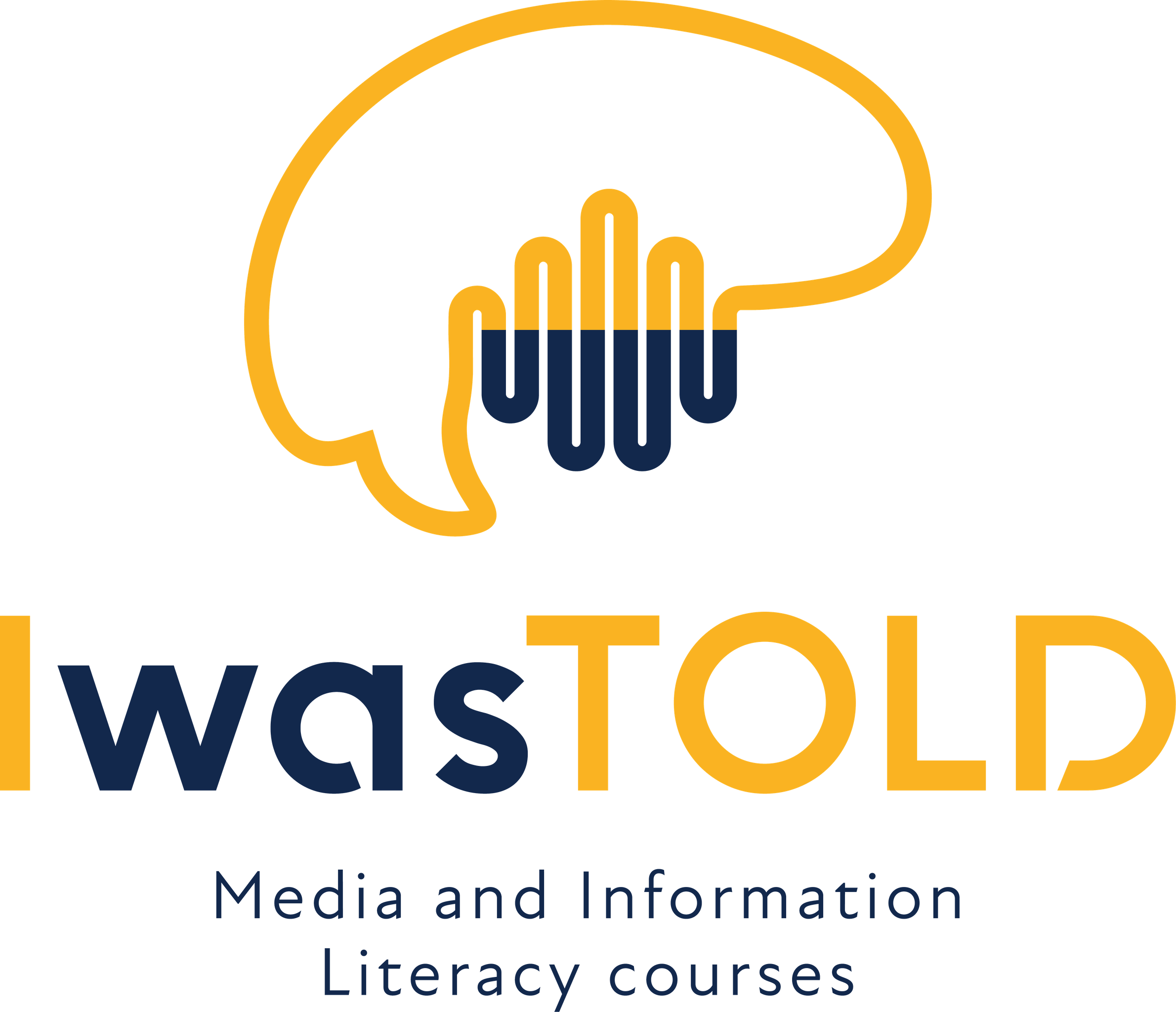Over the last hundred years (if we start counting from the first television broadcast in 1919), communication technologies have evolved and taken on new functions and forms. And how far has our evolution progressed over the same period? Probably a millimeter step forward. As a result, our mind feels both fascinated and attacked at the same time. Submerged in images of the sea, it tends to see everything in conventional signs (icons) to make it easier to process so much information flowing at once. This way of using information affects our approach to objects and phenomena in natural reality as well. Martin Heidegger analyzes this in his conceptualization of framing and in interpreting Aristotle’s theory of “causality”. When using a virtual product (information) today, we tend to treat it as genuine. For us, a real thing or its simulation is starting to look equally real. This was explained by Jean Bauldrillard in his book Simulacra and Simulation. Marshal McLuhan spoke about this and our involvement in the use of communication technologies before they became aware of their essence.
In his insights, he can be said to have told us today’s ability to access any information in seconds using a mechanical mediator (such as a smartphone). As we can access information, so can we buy, sell, entertain, communicate, travel, learn … In addition, we can be reached within seconds by any other person (user). McLuhan called such a global “circulation” of communications via electronic devices and the Internet a “global village” (Eric McLuhan 1996 “The source of the term global village”). In other words, in order to adapt and keep up with other members of society, we use media that connect us not mentally but mentally (mentally).
In the book “How to Understand the Media? Human Continuations ”(1964) McLuhan extensively introduces his famous concepts:“ the medium is the message ”and“ hot and cold media ”. How does this relate to ours today? What is relevant?
In the first case, it is important for us to understand that the same information received through different “channels” (intermediaries) affects our thinking and attitudes differently. Periodic use of only one channel, not another, subconsciously changes our perception of existing objects / processes / relationships / people. For example, we can read the historical epic novel “War and Peace” printed in a book, an e-book on a tablet, listen to an audio recording while walking or traveling, and watch the screening of the novel on TV / computer. In all ways, we will receive the same basic content of information, but the perception of the information we receive will be different, different insights will contribute to our experience, we will feel different emotions. Because:
- When reading a book, we focus on the text and the information it and the illustrations provide. Our imagination creates what the described environment, characters, and the like might look like;
- When reading an e-book, we may be distracted by advertisements, we may only start looking for meaningful words, our eyes may get tired faster, there may be hyperlinks in the text that will direct us to additional contexts and distract us. In addition, we often use the tablet to do something else together, such as driving. This reduces concentration and our immersion in the text;
- When we listen to an audio recording, we usually do some other work together. All audio content becomes like a backdrop to our core business. This way the text may remain completely misunderstood;
- When watching a film on a television set, it is periodically interrupted by commercials, which are usually inserted in intriguing scenes. In addition, we often do some other work while watching TV, such as eating or talking on the phone uncle. This means that we create the story from the fragments we see. Then there is the possibility of misinterpreting the content. While watching a movie on a computer, we are not only distracted by commercials until we find and turn it on, but we often leave social media on at the same time.
Networks whose reminders (orig. notification) interfere with our viewing. However, it is worth noting that viewing visually presented content creates more feelings and expressions for us. We feel more, keep our attention longer (if we are interested and not distracted), because we see incredible effects, expression (sometimes even space – 3D technology). The ability to rewind and view your favorite places multiple times allows you to delve deeper into the story (information content). However, our imagination is no longer left with any possibility of interpreting the content, of creating its representation, because what we are looking at has already been felt, analyzed and formed by someone and presented to us.
In the second case, McLuhan’s concept of “cold and hot” media has to do with the fact that our media is merged into one – hybrid. It is therefore important to know their nature so that we can understand our reaction to their products and our behavior. As well as behavior change and social consequences. Without knowing the nature of technology ourselves and not teaching future generations to do so, we may not stop in time (looking through a rear-view mirror – McLuhan) and realize that some of our actions (behaviors) are determined by the social consequences of communication technology, both good and bad. A perfect example of this is the phenomenon of “moral blindness” 2013, studied by sociologist and philosopher Zygmunt Bauman and Leonid Donski, which manifests itself in our experienced liquid modernity. The authors equate the loss of moral sensitivity, non-empathy, with the lurking evil that arises from an intense (and ever-intensifying) way of life. Such social consequences have the greatest impact on our neuropsychology when we communicate with others through the media.
